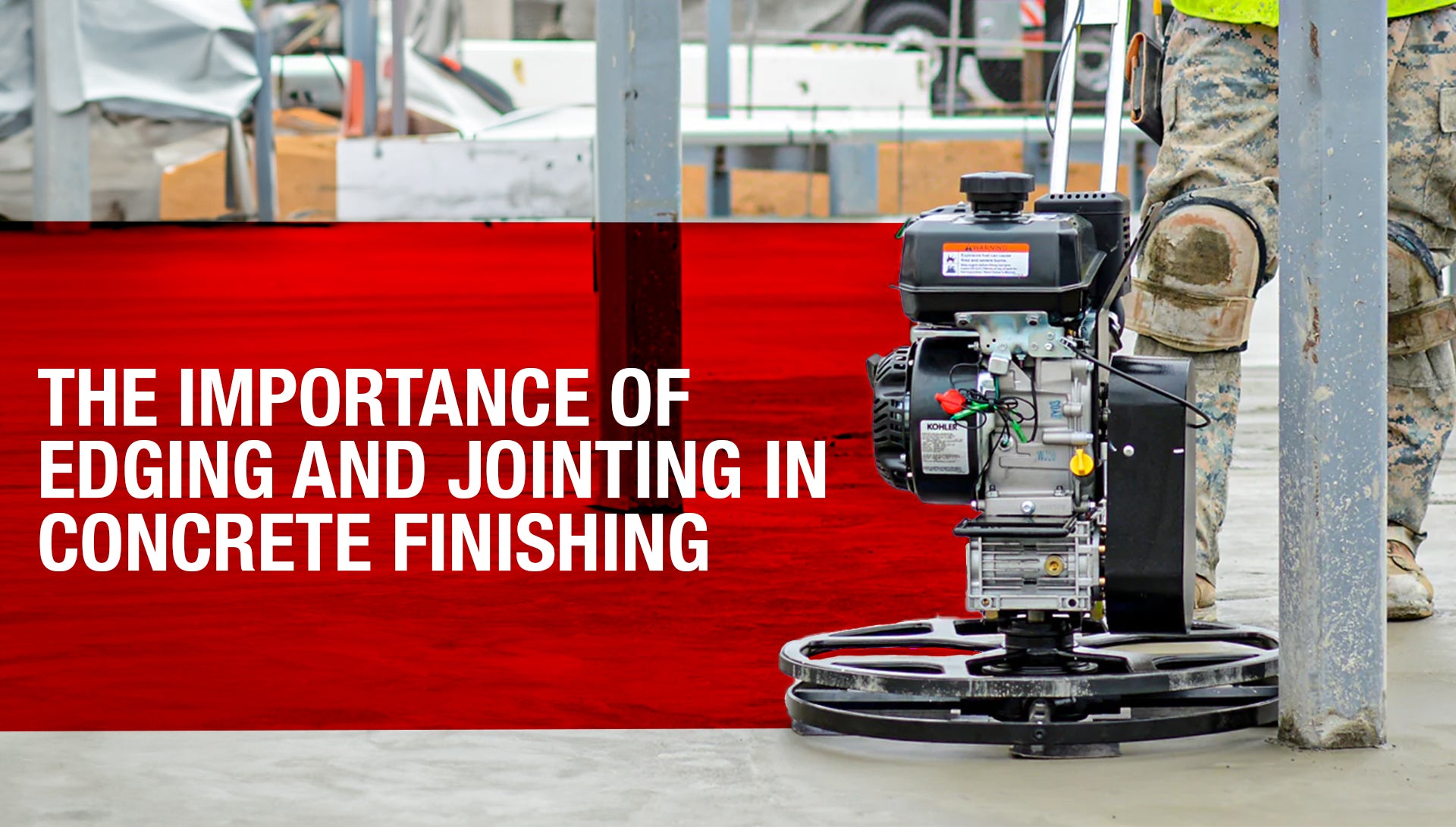When it comes to laying concrete, achieving a perfect finish is as crucial as the structural integrity of the concrete itself. Edging and jointing are two fundamental techniques that not only enhance the concrete's durability but also its visual appeal. This blog explores the pivotal roles of edging and jointing in concrete finishing, offering insights into how these practices contribute to extending the lifespan and beauty of concrete surfaces.
The Role of Edging in Concrete Finishing
What is Edging?
Edging is the process of creating rounded or beveled edges along the concrete surface. This technique is crucial as it helps prevent the edges from chipping away over time due to traffic and environmental factors.
Benefits of Proper Edging
Prevents Cracking: Rounded edges are less prone to cracking compared to sharp edges.

Photo by Becca Lavin
Aesthetic Appeal: Creates a visually appealing, finished look, enhancing the overall appearance of the concrete installation.
Increases Durability: By eliminating sharp angles, edging helps the concrete resist breakage and wear, prolonging its lifespan.
The Importance of Jointing in Concrete Finishing
Understanding Jointing
Jointing involves creating planned points of separation in concrete slabs, known as control joints. These joints are designed to allow concrete to expand and contract due to temperature changes or other environmental factors without causing uncontrolled cracking.
Strategic Placement of Joints
Control Cracks: Properly placed joints will guide cracks along the joints, which are easier to fill and maintain.
Maintain Integrity: Helps maintain the structural integrity of the slab by absorbing stresses.
Best Practices for Edging and Jointing
Tools and Techniques
Use of the Right Tools: Employ tools like edgers and groovers that are specifically designed for these tasks to achieve clean and precise results.
Timely Execution: Perform edging and jointing at the right time during the concrete curing process for optimal effectiveness.

Professional Tips
Depth of Joints: Control joints should be cut to a depth of one-quarter of the slab thickness to effectively control cracking.
Proper Spacing: Joints should be spaced 24 to 36 times the thickness of the slab in inches. For example, a 4-inch thick slab should have joints 8 to 12 feet apart.

Conclusion: Ensuring Long-Lasting Beauty and Durability
Edging and jointing are not merely aesthetic enhancements—they are crucial for safeguarding the structural integrity and longevity of concrete surfaces. By employing these techniques, contractors can ensure that concrete installations are not only beautiful but also durable enough to withstand the test of time and usage. Implementing these best practices in concrete finishing will ultimately lead to more satisfied clients and fewer repairs, contributing to a more profitable and efficient operation.
By focusing on these crucial finishing techniques and utilizing reliable tools, contractors can achieve superior results that stand out in the competitive concrete industry.










